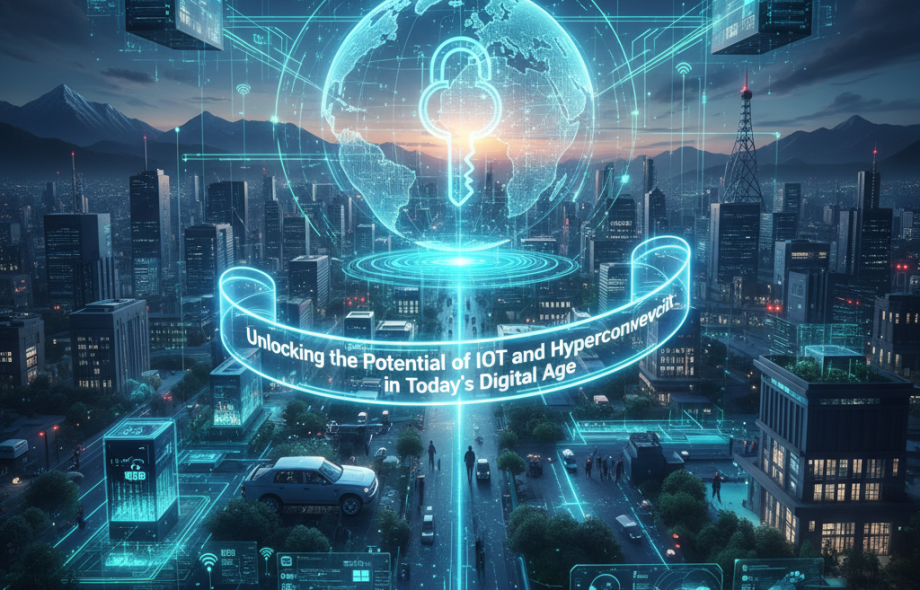Digital twins are revolutionizing the way organizations design, simulate, and maintain their assets. These virtual representations of physical objects or systems are becoming increasingly popular across various industries, from manufacturing and healthcare to smart cities and transportation. By creating a digital twin, companies can closely monitor and analyze the performance of their assets in real-time, predict potential issues, and optimize operations for improved efficiency and productivity.
One of the key benefits of digital twins is their ability to provide a holistic view of an asset throughout its lifecycle. By integrating data from sensors, IoT devices, and other sources, organizations can create a dynamic digital twin that reflects the current state of the asset and its surrounding environment. This real-time insight allows for proactive maintenance, reduced downtime, and better decision-making based on data-driven analytics.
In the manufacturing sector, digital twins are being used to simulate production processes, optimize factory layouts, and improve product quality. By replicating physical assets in a virtual environment, manufacturers can identify bottlenecks, streamline operations, and test different scenarios to achieve optimal results. This not only enhances efficiency and reduces costs but also enables faster innovation and time-to-market.
In healthcare, digital twins are revolutionizing personalized medicine by modeling individual patients and their unique characteristics. By combining genetic, clinical, and lifestyle data, healthcare providers can create digital replicas of patients to tailor treatments, predict disease progression, and optimize care plans. This level of customization and precision is enhancing patient outcomes and driving advancements in the medical field.
The concept of digital twins is also gaining traction in smart cities and transportation, where these virtual models are being used to optimize urban planning, traffic management, and infrastructure maintenance. By simulating various scenarios and analyzing data in real-time, city officials can make informed decisions to improve public services, reduce congestion, and enhance sustainability. This technology is paving the way for smarter, more efficient cities that cater to the needs of their residents.
Overall, the rise of digital twins is transforming how businesses and industries operate in today’s technology-driven world. With their ability to create accurate virtual representations, monitor performance, and enhance decision-making, digital twins are proving to be a game-changer in achieving operational excellence and driving innovation. As more organizations embrace this technology, it is clear that digital twins will continue to shape the future of various sectors and unlock new possibilities for growth and success.
 :
https://www.pinterest.com/xceltec0192/
:
https://www.pinterest.com/xceltec0192/












